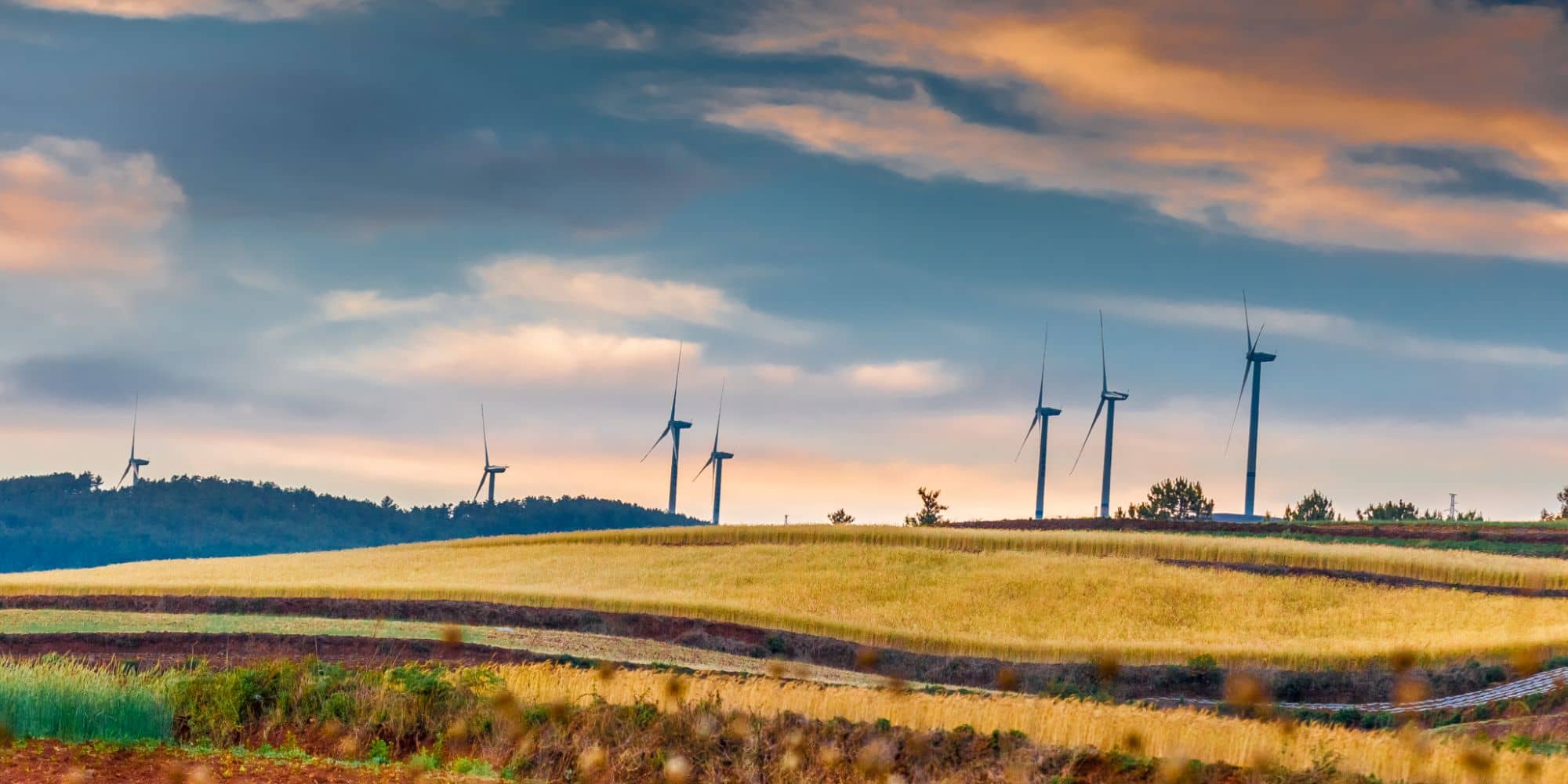
Onshore wind
In the first instalment of our series of articles on the state of play in the global renewable and sustainable energy market, Risk Control Engineer, Jan Pagan analyses the perceived risks within the onshore wind energy sector from an insurer perspective.
Taking into account factors across technology, climate change, economics and the status of the sector, this report reviews the current and future prospects for the onshore wind industry from an insurer’s perspective.
Onshore wind summary
We place the onshore wind sector frequency at: Unstable with a downward trend
- Increasing competition in an already saturated space
- Existing vulnerability to weather events due to climate change
- Quality issues due to rapid commercialisation
- Volatile financial environment
- Stretched supply chains
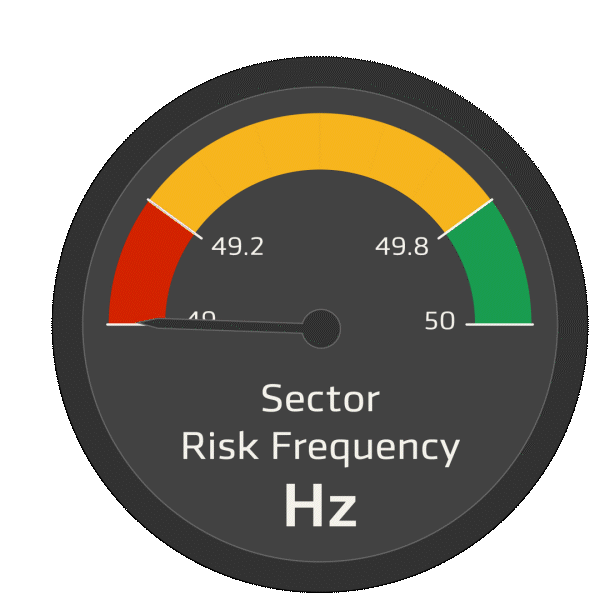
Operational experience

Though onshore wind energy is considered a mature sector, onshore wind turbines have begun to increase in size rapidly, reaching capacities of up to 15 megawatts (MW), which was until recently only possible offshore.
Although based on previous versions, scaled up wind turbines cannot be considered proven models due to the multiple design changes required to accommodate the new power output. The trend toward larger size is driven by an arms race between manufacturers to maintain or capture a larger market share.
Technology race
This race has now entered a critical new stage, with Chinese manufacturers entering the competition. This new competition stage is creating a high-intensity environment of rapid commercialisation, which has already seen one major manufacturer admit to quality control issues in its latest models.
Other manufacturers have also reported quality issues with wind turbine components manufactured by them or third-party suppliers, which have caused significant losses in their serviced operational portfolio.
Quality control
The insurance industry, for example, has seen serial issues affecting main bearings using specific coatings during manufacturing that later fail prematurely during operation, as well as blade failures caused by manufacturing defects such as poor resin infusion or incorrect composite material layup, both of which lead to a blade’s structural integrity being compromised.
Although these events are alarming, we have recently seen a pivot from some OEMs towards providing better quality assurance for their clients. It remains to be seen how things progress as the race intensifies.
Players in the field
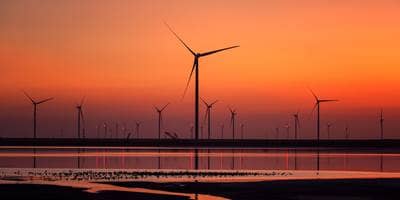
Investment in renewable energy has been increasing yearly over the past five years, and according to the IEA, outpacing other power sectors such as fossil and nuclear. This exponential growth is expected to continue and expand to other regions of the world. Onshore wind is one of the sectors that is growing rapidly within renewables, and expanding for the first time into countries located in the Middle East, Africa and Asia.
Although this is encouraging news, it also means that more and more projects are being built by new and unknown entrants into the renewables market.
For the moment, our experience with these new entrants has been mostly positive, but a common trend has been developing.
Market conditions
A significant number of these projects are using Chinese wind turbine models mainly because of a very attractive price per MW. Chinese manufacturers are poised to capture a significant portion of this developing non-US-EU sector, leaving European manufacturers to compete over an increasingly crowded onshore market.
We have already described the effects this competition has had on product quality, but this will also increase financial pressure on established European manufacturers and is only a matter of time before some are pushed out entirely.
Projections
The combination of new project developers, increased market share competition and a growing onshore wind sector will undoubtedly reshape what was once considered an established sector.
We are also yet to see how these new developers and manufacturers will perform over the long run and we therefore remain cautious.
Adaptability
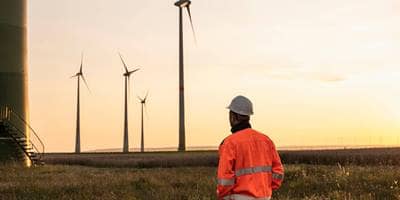
Climate related events have shown an incremental trend in onshore wind insurance in the past decade. Not as an obvious behaviour where the next year is worse than the previous year, but more of a change in historically expected weather patterns or event intensity in specific regions of the world.
This phenomenon is challenging the reliability of existing modelling tools used in the insurance and renewables sectors, further complicating the wind turbine selection process during project development and the way insurers can price the risk. For operational wind turbines, we see an even greater dilemma in that they were correctly built in accordance with weather patterns that have notably changed midway through its operational life.
Project locations & Survivability
Another less obvious weakness is the survivability of the local energy grid under these more extreme weather events that have never affected that specific area of the world. One example of this happened in South America where a very strong windstorm affected a region, with no historical records of such an event, disabling the grid and leaving a windfarm unable to defend itself against high wind loads. The fact that the wind turbines were classed for wind speeds much lower than those seen during the event, exacerbated the damage to many blades which had to be replaced.
Unfortunately, this uncertainty has no end in site and no way of predicting how fast it will progress over time. For already existing wind farms there is little that can be done. For future projects we see an increasingly difficult task of ensuring that the wind farm can adapt to and survive weather related events across its expected operational life, now even more so as the sector expands into regions affected by weather events that are already considered extreme.
Supply chain
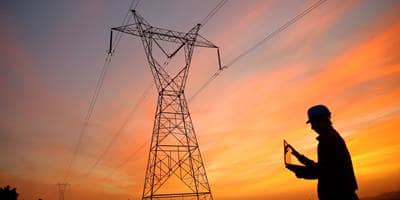
The growth in global energy demand is adversely affecting the economic viability of energy projects for operators as well as insurers. The manufacturing lead times of critical components, such as power transformers, is now reaching two years or more.
The price for raw materials needed for blades, gearboxes, generators, etc. have steadily increased especially after the pandemic. Inflation has also affected insurance claims in the form of significantly higher payments for replacing damaged components and/or very high loss of revenue payments due to high energy prices.
Geopolitics is also playing a role through the limitation of rare earth material exports from China, implementation of import tariffs as part of a protectionist agenda, to the restriction of sea trade routes due to armed conflicts.
Obsolescence trend
Focusing on onshore wind specifically, we come back to the topic of the race for market share where ever-increasing wind turbine sizes is creating a trend of fast obsolescence where a model that was brought to market five years ago is no longer available for purchase and replacement parts (such as blades) are increasingly difficult to obtain.
It is without a doubt a volatile financial environment in which developers and insurers need to carefully evaluate the investment. With the new US administration intensifying the already delicate international trade environment, this is an area where we don’t see an obvious short-term solution, even if the armed conflicts are permanently halted in the coming months.
Last updated: August 2025

